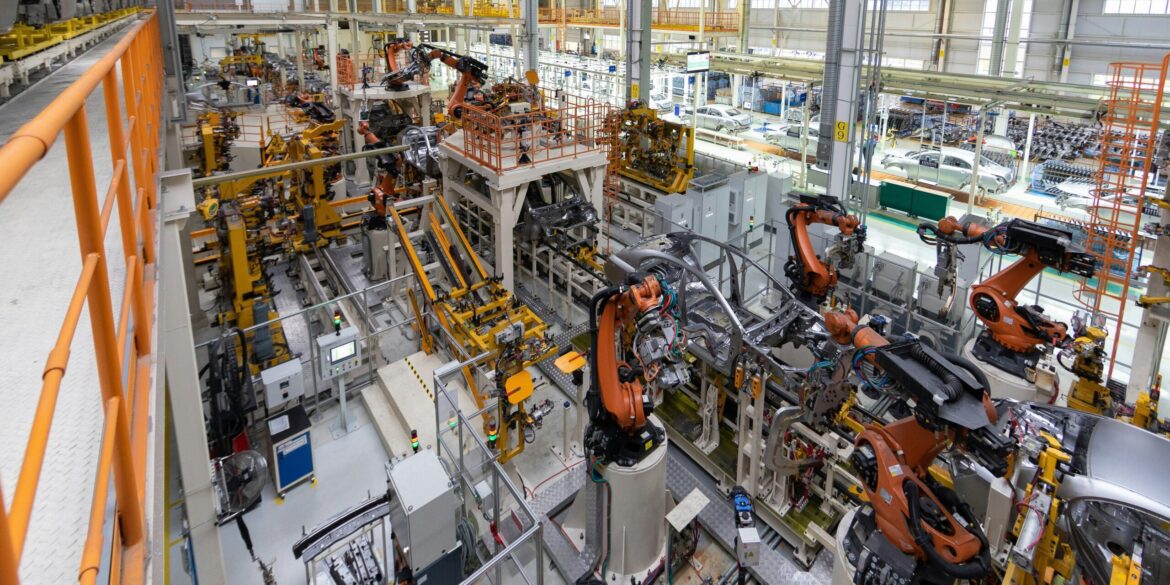The U.S. business property market in 2025 is characterized by dynamic growth in the industrial and flexible workspace sectors, reflecting the changing demands of modern businesses and the ongoing evolution of work environments. According to the latest research by Jones Lang LaSalle (JLL), these sectors are driving investment, leasing activity, and development nationwide, with strong momentum continuing into the mid-year.
Industrial Real Estate: Powerhouse of Growth
Industrial properties, encompassing warehouses, distribution centers, and manufacturing facilities, are experiencing unprecedented demand. The ongoing e-commerce boom, supply chain realignments, and reshoring trends contribute to sustained appetite for industrial space.
JLL’s Q1 2025 Industrial Market Report highlights a 12% year-over-year increase in investment volume, with transaction activity concentrated in key logistics hubs like Dallas-Fort Worth, Atlanta, and Chicago. Vacancy rates have fallen below 5% in many of these markets, leading to upward pressure on rents.
Developers are responding with rapid construction, focusing on “last-mile” facilities that enable fast delivery to urban consumers. These properties often feature advanced automation, sustainable design, and flexible layouts to accommodate diverse tenants.
The Rise of Flex Spaces
Flex spaces, which combine office, warehouse, and light industrial functions, have surged in popularity as businesses seek adaptable work environments. The hybrid work model—blending remote and on-site activities—has fueled demand for smaller, modular spaces that can scale with company needs.
JLL reports that flex space availability has grown by 20% nationally since 2023, with strong leasing velocity. Cities like Austin, Miami, Denver, and Phoenix have become hotspots for flex developments, driven by burgeoning tech sectors, creative industries, and startup ecosystems.
Flex spaces appeal to a broad tenant base, including e-commerce companies, medical device firms, design studios, and logistics providers. Amenities such as shared conference rooms, high-speed internet, and collaborative zones enhance their attractiveness.
Investment and Financial Trends
Institutional investors, including pension funds, REITs, and private equity, are aggressively targeting industrial and flex properties for their stable cash flows and growth prospects. Cap rates for prime industrial assets have compressed, reflecting competitive bidding.
In response, new capital has poured into value-add and development projects, with investors seeking higher returns through repositioning older properties or constructing state-of-the-art facilities.
The growing emphasis on sustainability has also influenced investment decisions, with “green-certified” properties commanding premiums and attracting ESG-focused capital.
Challenges and Market Risks
Despite strong fundamentals, challenges persist. Supply chain disruptions can delay construction and increase costs. Labor shortages affect both development and tenant operations.
Zoning restrictions and community opposition to industrial projects pose hurdles in some urban areas, necessitating strategic planning and stakeholder engagement.
Market analysts caution that rising interest rates could impact financing costs, although demand fundamentals remain robust.
Technological Integration
Technology is a key differentiator in industrial and flex spaces. Automated material handling systems, robotics, and AI-powered inventory management improve efficiency and reduce operational costs.
Smart building technologies enhance energy management, security, and tenant comfort. These innovations not only support tenant needs but also align with sustainability goals.
Economic and Employment Impact
The expansion of industrial and flex properties supports job creation in construction, logistics, warehousing, and professional services. These sectors are critical to regional economies and provide employment opportunities across skill levels.
Local governments increasingly view industrial development as essential for economic diversification and resilience.
Outlook for 2025 and Beyond
Market experts forecast continued growth in industrial and flex spaces, driven by structural economic changes and evolving business models. Adaptability, sustainability, and technology integration will remain key themes.
Developers and investors are expected to focus on emerging secondary markets offering favorable cost structures and growth potential.
Conclusion
Industrial and flex real estate sectors are the engines of growth in the U.S. business property market in 2025. Their responsiveness to changing economic trends and tenant needs positions them as attractive investment and development targets, underpinning broader commercial real estate recovery.

